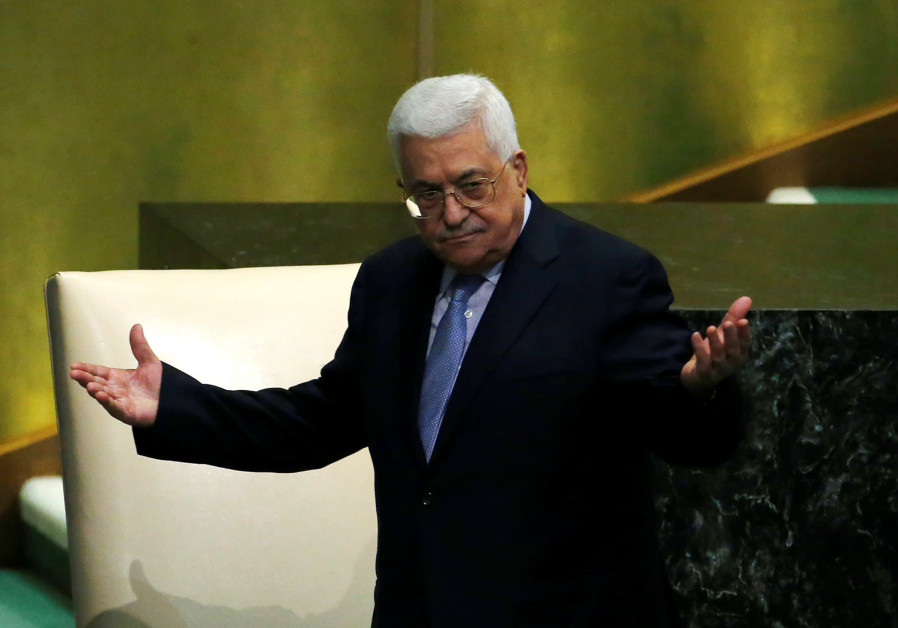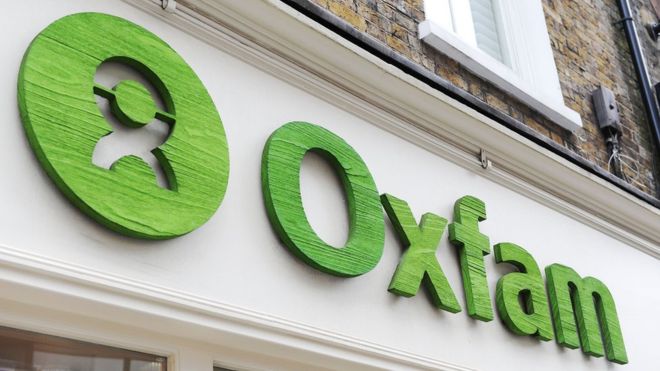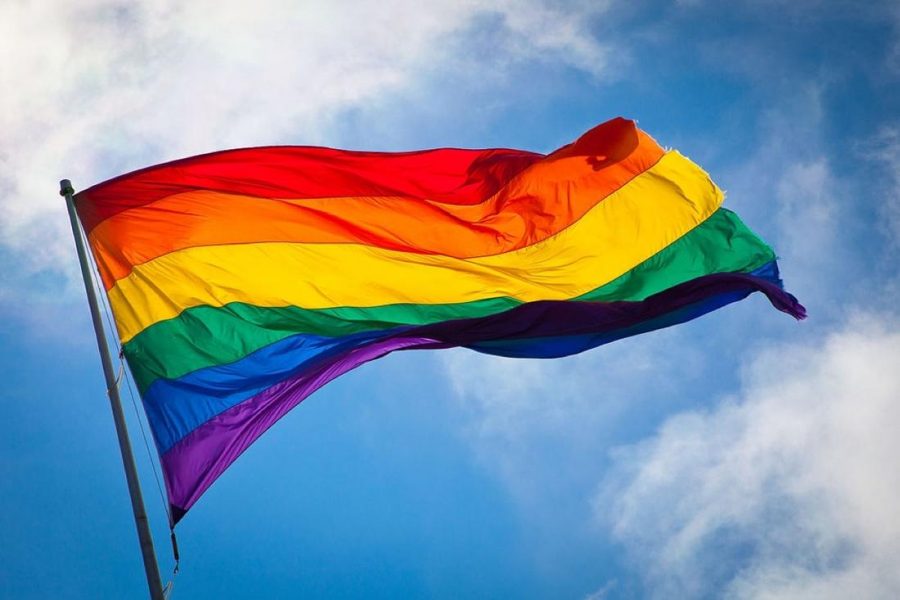By Olivia Hart
Staff Writer
Rival Palestinian factions Hamas and Fatah reached an agreement on Oct. 12 regarding control of the Gaza Strip. At a meeting in Cairo, representatives from both parties signed a preliminary reconciliation deal that would restore control of the Gaza Strip from Hamas to the Fatah-led Palestinian Authority, the State of Palestine’s official governing body, which also controls the West Bank territory in the northeast of Israel.
The Gaza Strip is a 140-square-mile area in the southwest of Israel that borders the Mediterranean Sea and Egypt, has a population of approximately 2 million people, and is controlled by Hamas. Hamas is an Islamist political movement that starkly rejects the existence of Israel and allows military force to achieve “the full and complete liberation of Palestine, from the river to the sea.”

Hamas beat Fatah in the 2007 Palestinian parliamentary elections. After this, Hamas seized independent control of the Gaza Strip from the Palestinian Authority and has controlled it ever since.
To threaten Hamas, Israel then enforced a blockade of goods and other resources into Gaza, which stretched into ten years of conflict. During that time, Gaza has seen violence between Palestinian and Israeli forces regarding ownership of the land. These conflicts resulted in thousands of civilian casualties and poorly-maintained, overcrowded refugee camps in Gaza, which are often referred to as “open-air prisons.”
Hamas representative Saleh al-Arouri said that the agreement between Hamas and Fatah was necessary to “advance the unity of [the Palestinian people] and reach our hopes and aspirations.”
Mahmoud Abbas, the President of the Palestinian National Authority, is expected to increase electricity to civilians in Gaza, and will visit within the next month—his first time there since 2007.
While similar claims of agreement between Hamas and Fatah have fallen through in the past few years, Palestinians hope that this initial step will result in a unified state for Palestine in the future.














